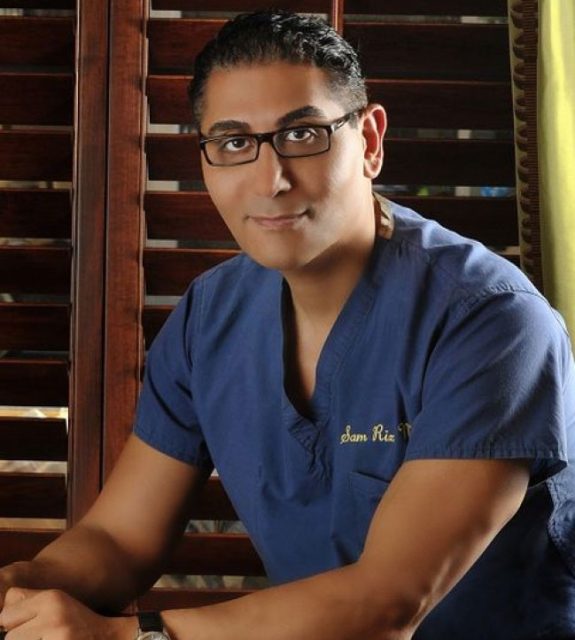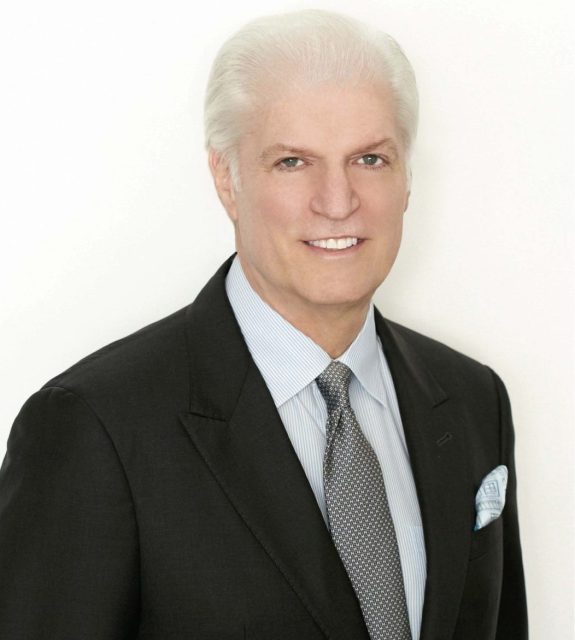Nationally renowned board-certified plastic surgeon, Dr. Jose Rodríguez-Feliz serves local and international clients at his boutique aesthetic practice in Miami, FL. He is one of few surgeons in the United States that after completing his Residency in Plastic and Reconstructive Surgery, pursued further training in Oculoplastic and Aesthetic Surgery under world-renowned plastic surgeon Dr. Mark Codner. Dr. Rodríguez-Feliz has published numerous peer-reviewed articles in some of the industry’s top scientific journals.
 Photo Credit: Shutterstock
Photo Credit: Shutterstock
With the loss of hair in either your eyebrows or on your head, comes the loss of self-esteem. As your hair begins to thin or bald in both prominent spots, you make the decision of either going with a permanent cosmetic procedure or the quick alternatives of makeup or tattoos. Based on the route you take, Haute Beauty expert Dr. Jose Rodríguez-Feliz discusses the most common recommendation he’d give, which is to not take the easy way out. If you are struggling with facial hair loss, read more to learn how facial hair transplants are the most effective procedure (95% of the transplanted hair survives) to give you your desired results forever.
What parts of your face can receive a facial hair transplant?
The most common facial hair transplant we perform in our practice is an eyebrow transplant. This complements a lot of the work I do with my eyelid surgery patients; other areas that can receive a hair transplant are beards/mustaches and sideburns.
Are facial hair transplants most popular for men who want to grow beards?
The best candidate are those with a patchy beard, they usually have some hair but not enough to have a nice even density. Many of them already use powders and products to make the beard appear fuller and fill in the gaps, that’s when the procedure works best. In some cases, multiple sessions are needed to reconstruct a beard in someone that really has no hair. In terms of eyebrows, the transplant procedure has been very popular for both men and women although it is dominated by women.
Are there situations where someone would not be a candidate for a facial hair transplant?
Like in any hair transplant procedure, the main limiting factor in most circumstances is the availability of the donor's hair, which is usually harvested from the back of the head. Most patients are candidates and will get some results. The improvement is depending on the quality of the hair and the number of grafts available for transplant.
 Photo Credit: Dr. Jose Rodríguez-Feliz
Photo Credit: Dr. Jose Rodríguez-Feliz
What are the reasons you’d stop growing hair on your face?
The majority of patients stop growing hair because of genetic reasons. They were simply not meant to have a full beard! When it comes to eyebrows, then is not so much that they stop growing hair, in many cases is because of bad habits of overplucking the brows which was a big trend years ago. But you can see with some diseases like alopecia areata, alopecia totalis, or thyroid there will be thinning and loss of hair in the eyebrows.
What is involved in a facial hair transplant?
It is very similar to transplanting hair to the head. A facial hair transplant is a three-step procedure that first involves harvesting the hair from the donor site (usually the back of the head), preparing the grafts under the microscope, and then implanting them into the reception site in the eyebrow or beard.
What is the downtime of a facial hair transplant?
Swelling could be for 5-7 days, then it is a matter of waiting for the new hairs to start growing which can take 3-4 months. The results start to become noticeable by 4-6 months once the hairs have gained some length.
For more information, visit Dr. Jose Rodríguez-Feliz's social media:





















